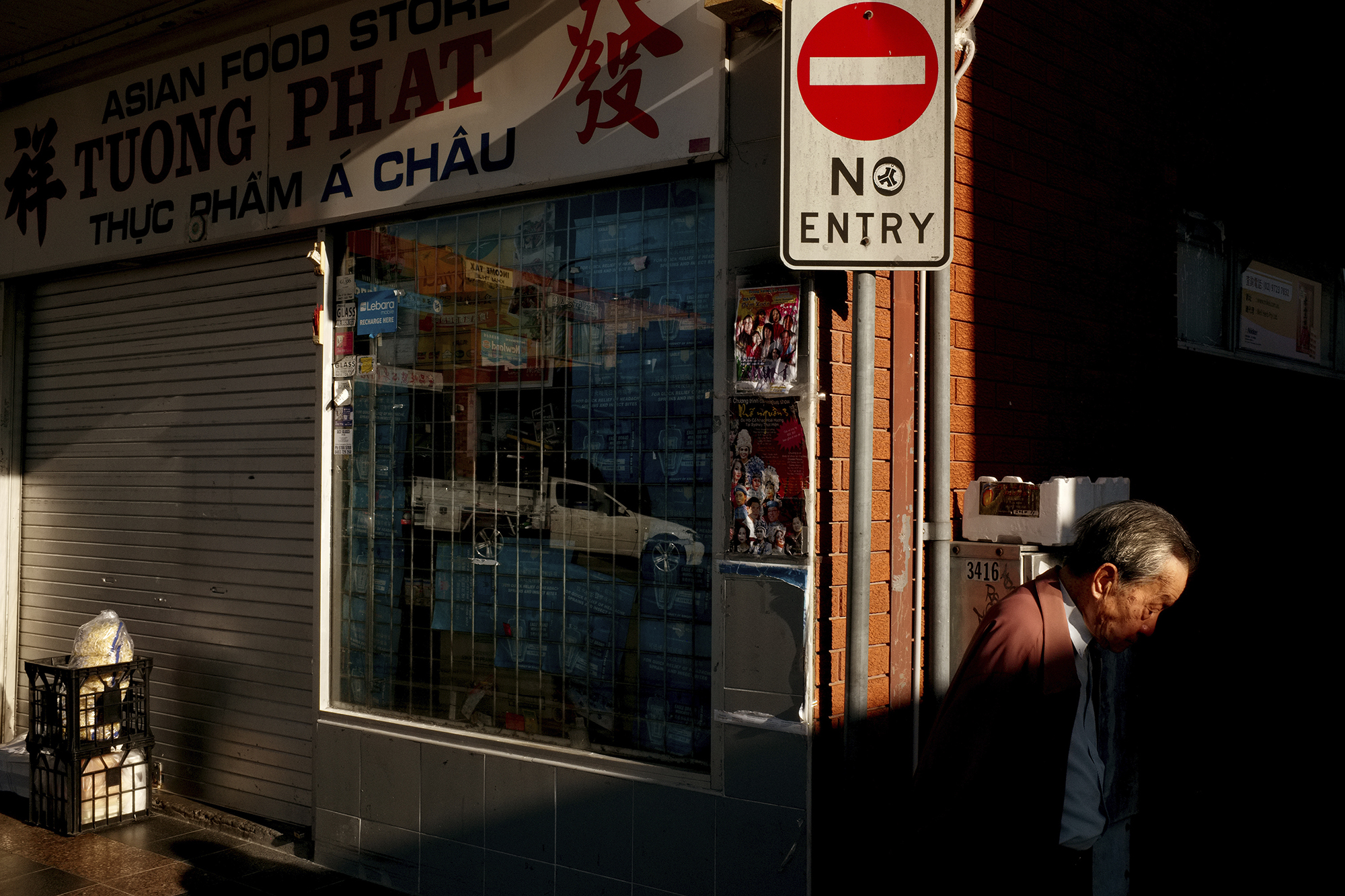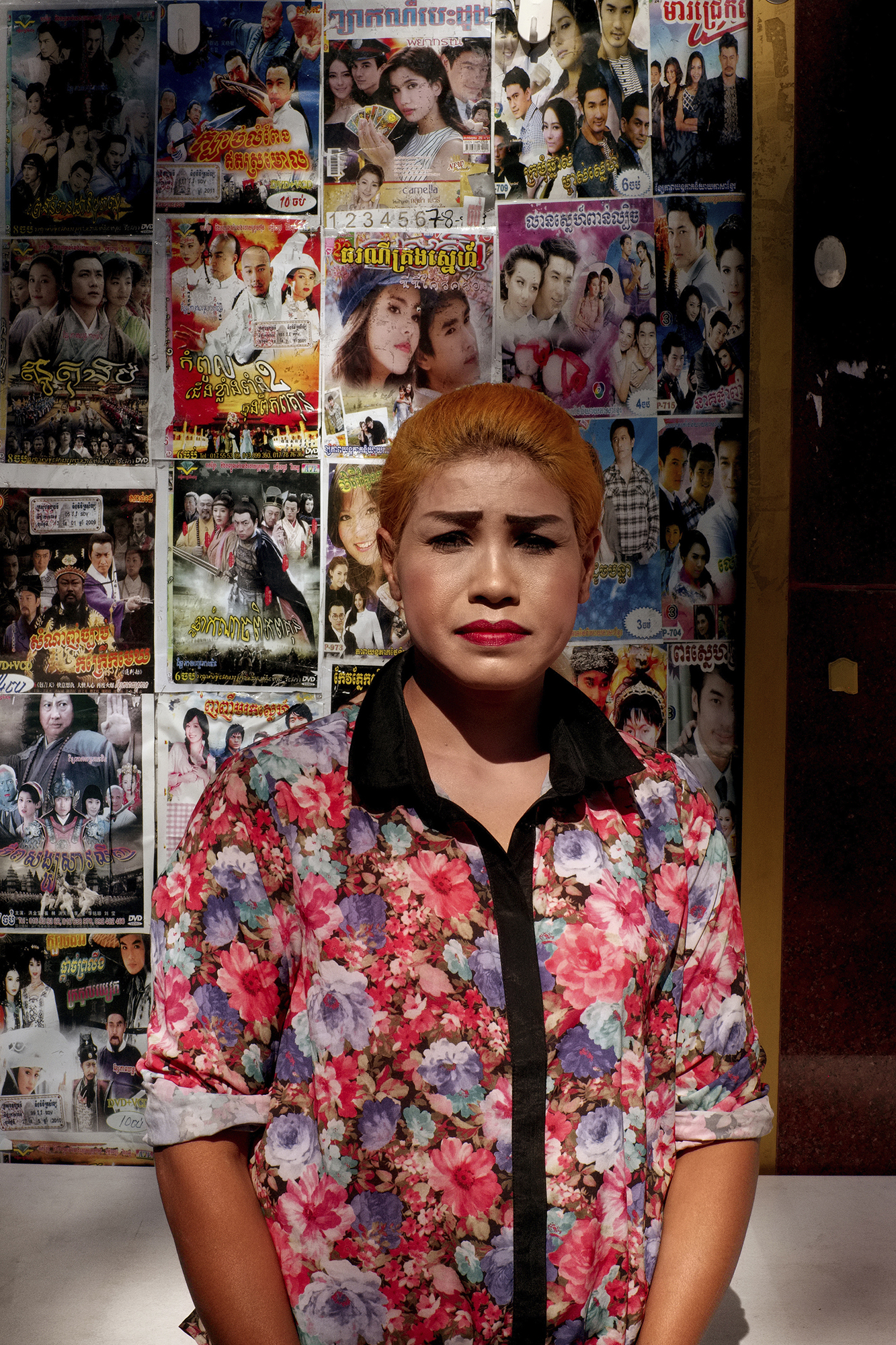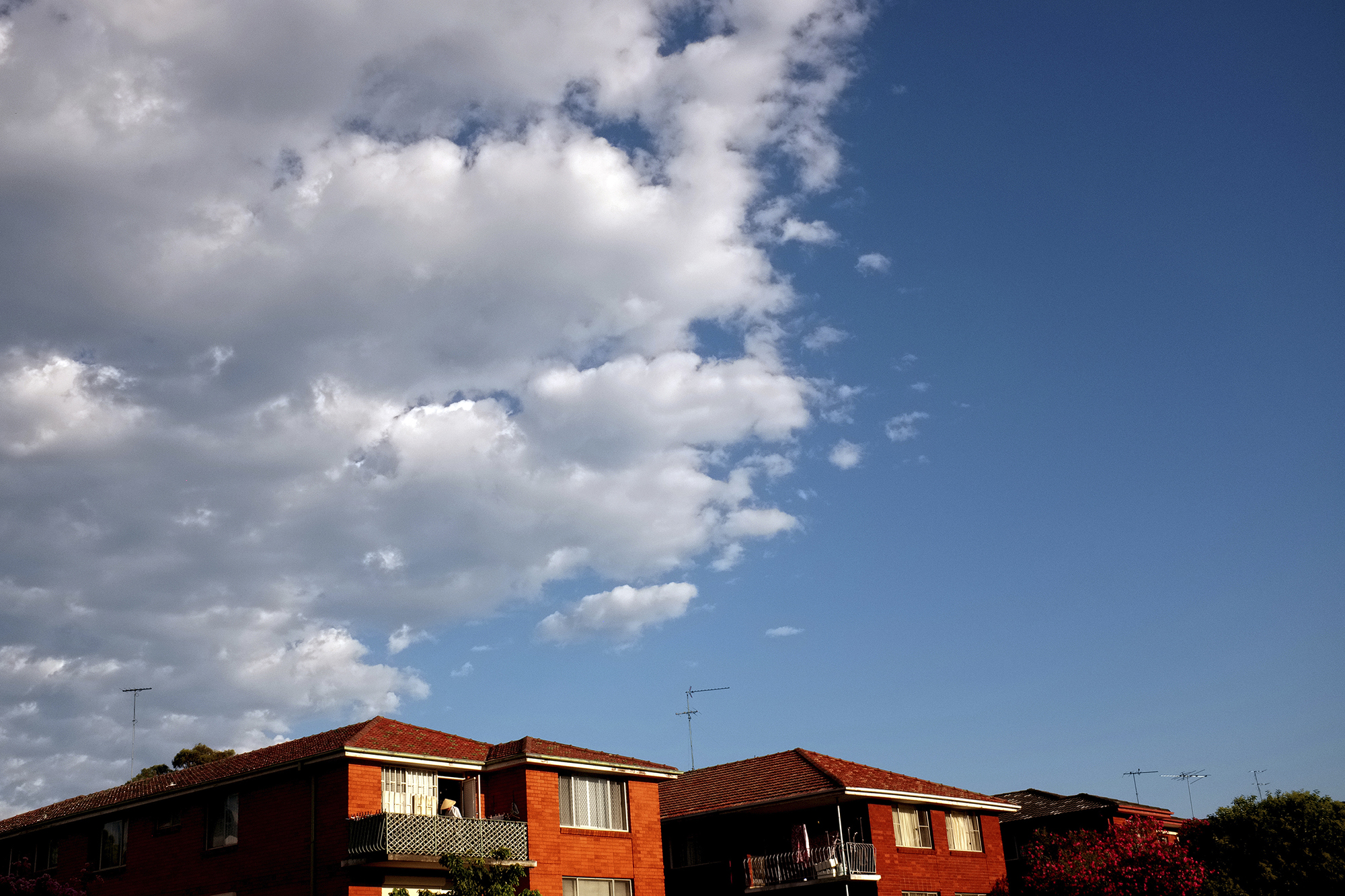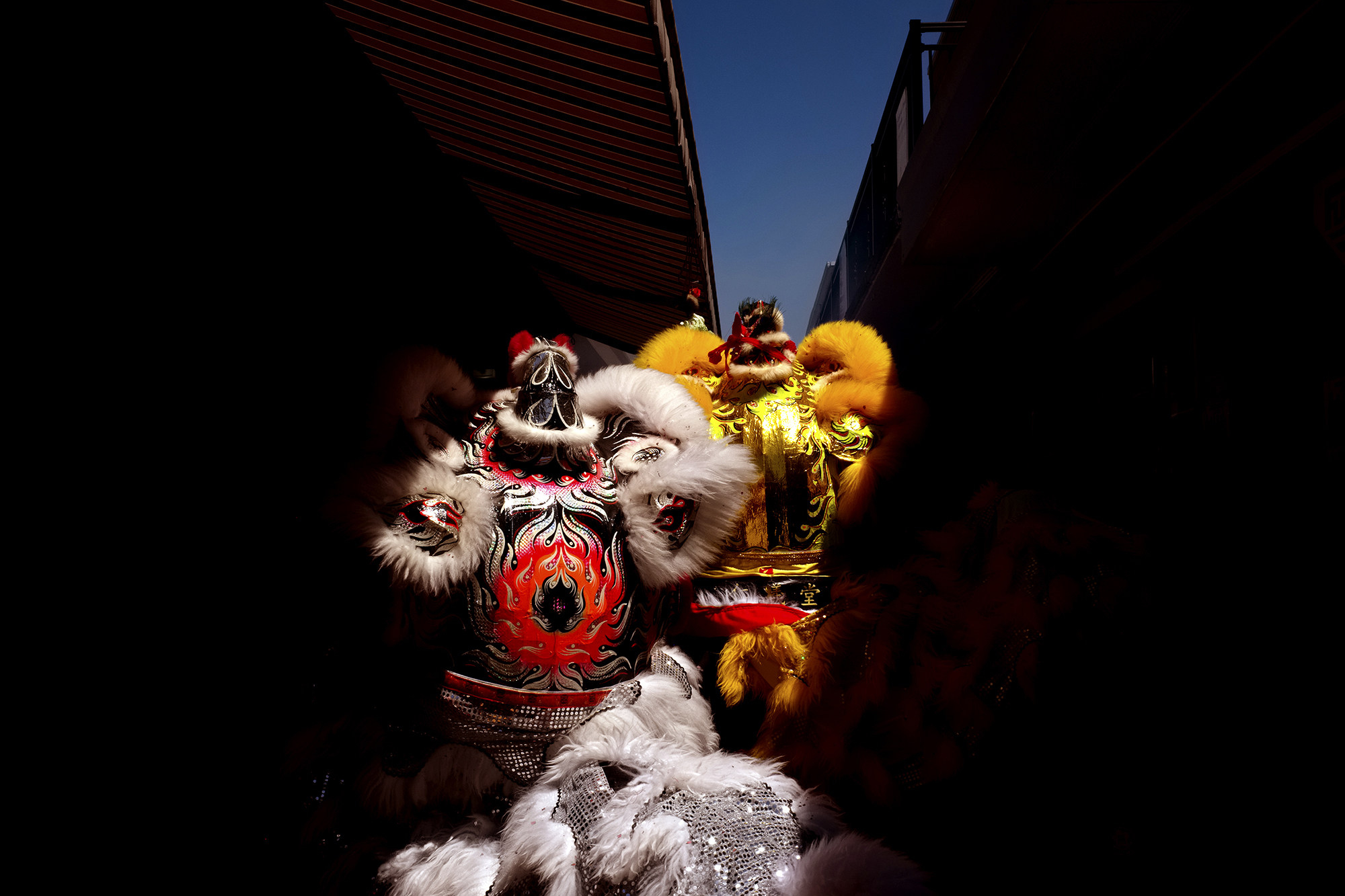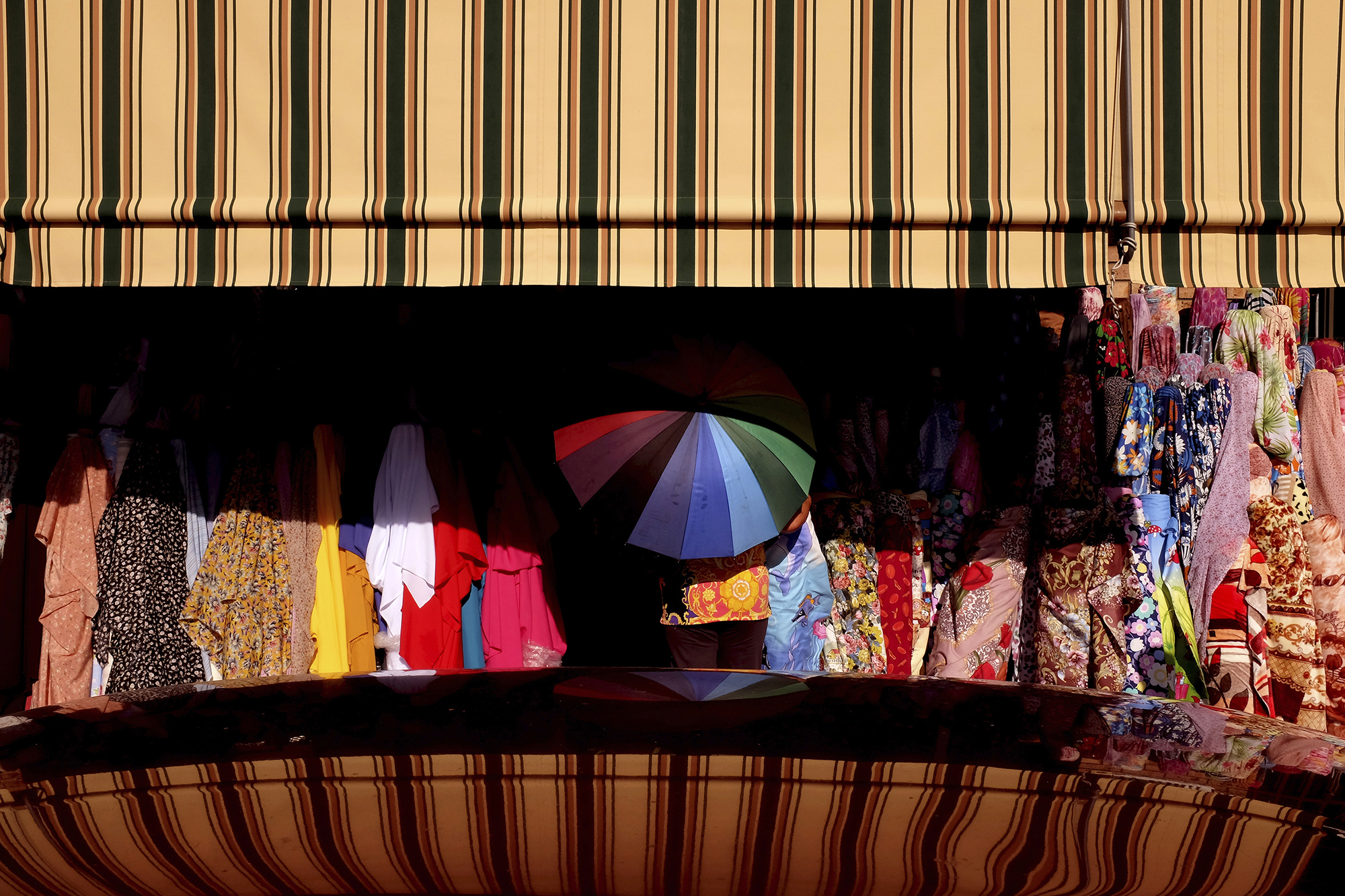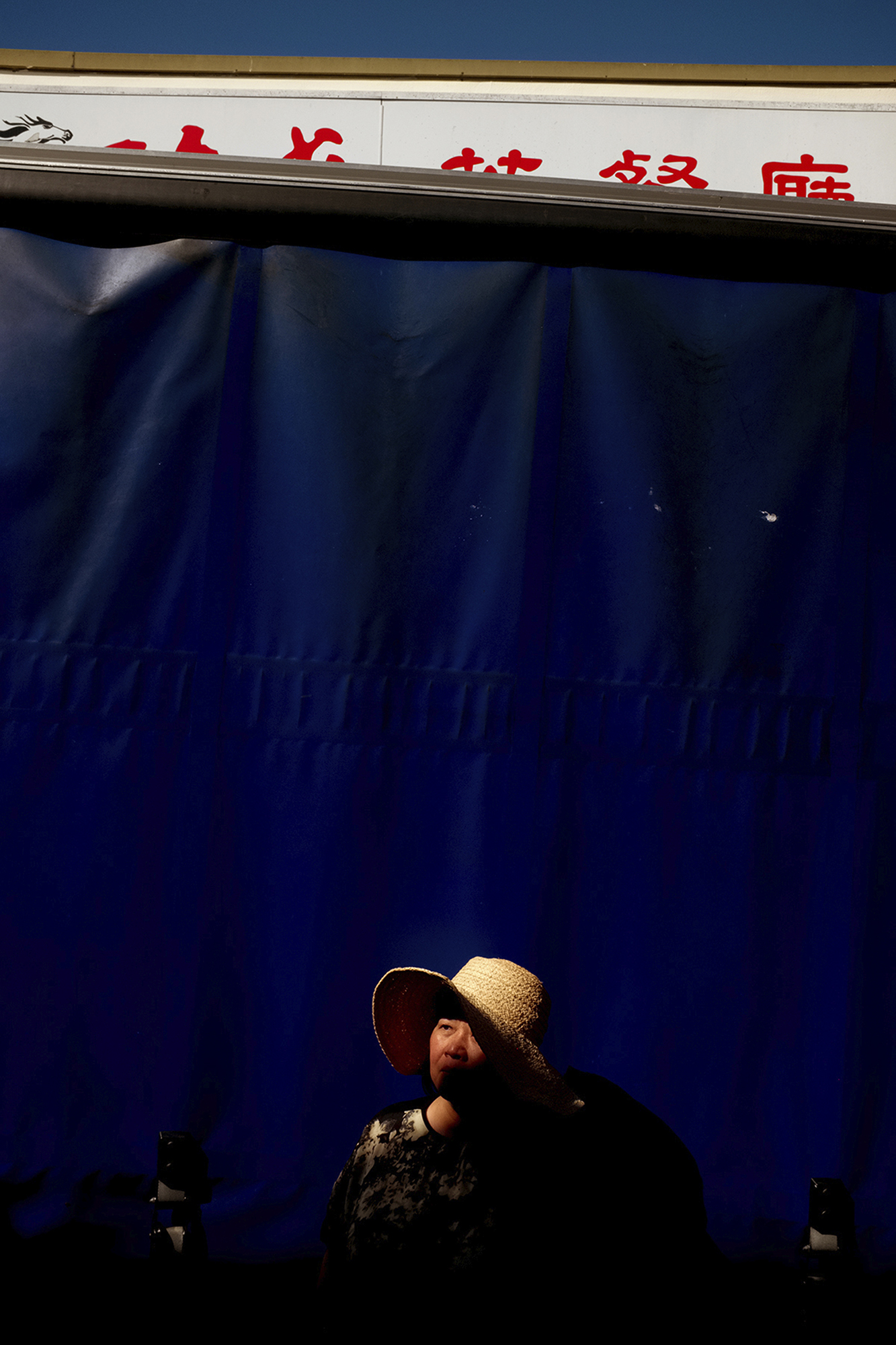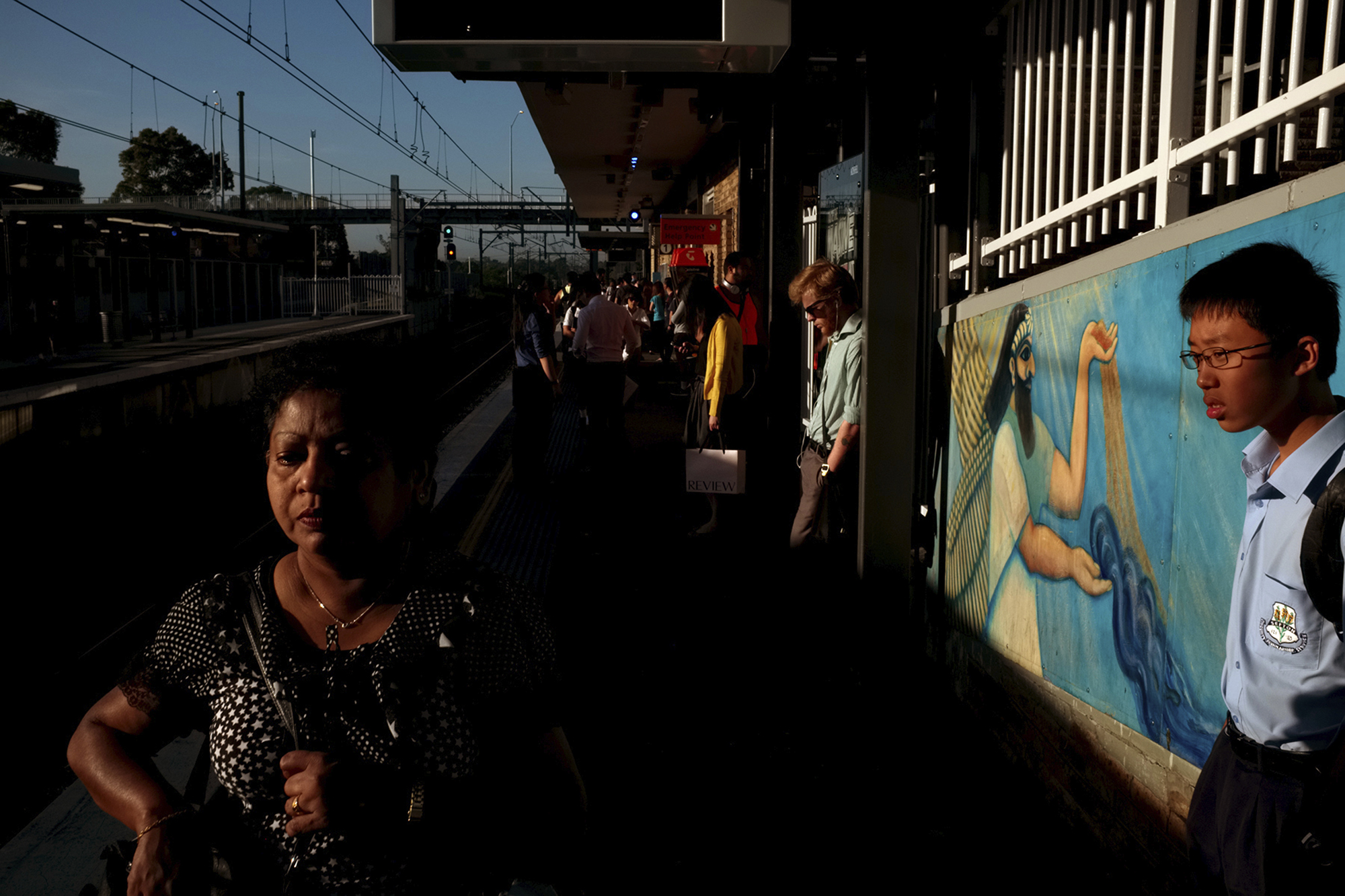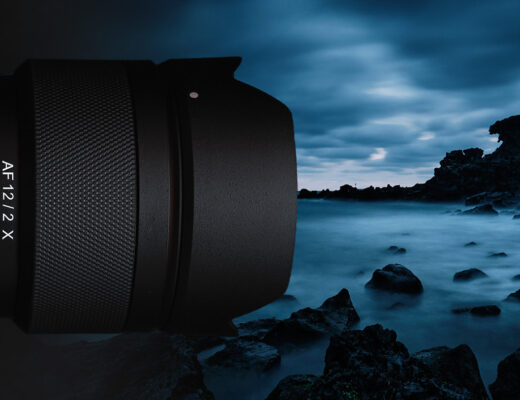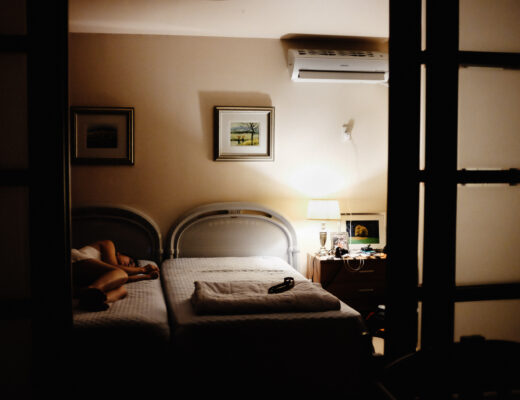Cabramatta is not your typical Australian suburb. If you took a stroll through the streets of this south western Sydney hub you may feel like you are in southeast Asia. However, the suburb of Cabramatta is emblematic of modern Australia – urban, busy and brimming with multicultural activity.
The suburb is a shining beacon for all migrant communities throughout the globe of what is possible through diversity and inclusiveness.
In this suburb of Sydney, if you’re looking for a Hills Hoist (traditional Australian clothes line) in every backyard, or Vegemite in every pantry, or a Sunday afternoon barbeque then Cabramatta will challenge your perceptions of “Australia”. If you closed your eyes for a second and opened them again while standing under the Pai Lau – the gate in Freedom Plaza that welcomes all to Cabramatta’s beating heart – you could imagine yourself to be in south east Asia.
Picture this, it is a steamy summer’s day and as usual the Australian sun beats down on the masses like a sledgehammer, the sidewalks are packed with families, young lovers, best friends, shop keepers, the old and the young. It feels more like a village than part of a city, a breathing community. No buildings are higher than three storeys, no tower blocks, no skyscrapers block the light. The heat sends you scurrying into cool shadows or an air-conditioned arcade, or urges you to pull down your hat as you see the locals do – not as a disguise, but to shade your eyes.
Typical of Asia the shop names of Cabramatta are bilingual – mostly in Vietnamese, sometimes Chinese, and English – and they are confidently named for success – the A One Cake Shop, the Ideal Smile Dental Centre, Lucky Butchery, No. 1 Shoes. The scents of thịt xá xíu, also known as char siu (barbecued pork) and flower-shaped waffles freshly made in the bakeries, and the wet sea smell of the fresh fish markets hang in the air as tangible and distinct as a kiwi fruit hanging from a tree.
The green grocers in the air-conditioned arcades, sometimes operating side by side, are packed with produce and people on their daily marketing mission. Fruits no longer seen frequently in chain supermarkets, like chokos and custard apples, are piled high here. Food vendors sell sticks of fresh sugar cane, or cold noodle salads with pork, prawns or chicken and peanuts accompanied with sweet chili sauce and coconut cream.
It is an adventure to wander up and down the aisles of a supermarket. You find seeds to take home and try your hand market gardening – snake gourd and Malabar spinach, papaya, winter gourd and kohlrabi. You can acquire a bag of dried chillies the size of a pillow for under fourteen dollars Australian, or turmeric and ground coriander by the kilo. There is sandalwood, jasmine and rose soap from Shanghai that looks like it should be in a gift shop.
In the fresh air again, you peer into the bubbling water-filled Styrofoam boxes outside a fresh fish shop. You’re dazzled by the vivid aquamarine shells of live abalone as they jostle for space. What seems exotic in other parts of Sydney is everyday in Cabramatta.
Everywhere is movement. Voices of shop keepers in their mother tongue float through the busy streets, older residents practicing early morning Tai Chi in Cabra-Vale park, tiny crammed alleyways of Asian style cafes serving traditional drinks as cigarette smoke dances in the sun light.
In Cabramatta, when you look up at the Pai Lau gate in Freedom Plaza with its Vietnamese, Chinese, Laotian, Cambodian and English inscriptions, take note of the koalas and the kangaroo in its scrolls. You may be in a corner that looks like south east Asia, but look again you are most certainly in modern Australia.
It is the quintessence of Australian multiculturalism.
Above paragraph was written by Fiona Upward, Claire Monneraye (Australian Centre For Photography).
Project Aim
I decided upon Cabramatta whilst photographing a memorial that was erected in Cabramatta in December 2014 – the memorial was only there for two days, then removed – I was very touched by the local communities heartfelt and genuine emotion to the victims. Their response was raw and real and came from people of so many varied cultures, that it spoke volumes to me of how important the diversity of culture is to Australia.
During a break in shooting I wandered through the streets of Cabramatta and was inspired by the striking colour, the ayers of culture and unique daily life of the suburb.
From that point I aimed to document the life of the suburb from one Luna New Year to the next. My focus was to emphasis the vivid colours, unique environment and capture the sights, sounds and the overall vibe of the of the suburb.
Additionally I was aiming to document that Cabramatta is no longer the suburb that it was during the 1980s and 1990s – a perception of the suburb that is no longer accurate. Today Cabramatta is an incredible example of multiculturalism, diversity and tolerance.
I wanted to convey that Cabramatta is very real visual and sensory experience – the streets, laneways, shops etc are very much a living, organic and constantly moving environment.
Cabramatta is on many levels is like any busy South East Asian city: there is grit, there are intense smells and rough edges but that is what makes Cabramatta so unique: it is not diluted like so much of Sydney is now days.
Cabramatta has a character and real individual identity, it has heart and it is a truly complex multilayered environment – it is like another country existing within Sydney.
Walking through Cabramatta you can feel you are in a South East Asian city – to my knowledge there is no other place like it in Australia, an undiluted experience that is a true visceral and sensory onslaught.
Shooting Style
In this series I wanted to convey the dense Australian light in the images. Sidewalks drenched in hard sun, enveloping subjects and the deep recesses of shadow. Additionally, I wanted the images to feel as if a veil of heavy humidity or heat had been layered over the subjects and the environment they inhabit. It does get very hot in Cabramatta in summer and I wanted to reflect overwhelming nature of this element.
Further, I like to create strong compositionally balanced images – like a piece of design. Using high contrast ambient lighting and a certain exposure technique I can structure images graphically and create a visual dance between light and shade.
I find that when observing life I can just “feel” that something has visual potential. I react instantly and quickly knowing that if I stop to think I will miss that fleeting moment. I guess I can’t explain why my brain connects visual elements quickly and tells me that combination of elements within a scene might be good or work as an image. It is like an extra visual perception of the surroundings and the subjects that inhabit the space.
Alternatively, I would find a specific location and wait and wait for something unusual or odd to occur. Always looking for that rupture in the everyday to create something unique, unusual and surprising. I suppose it is like a theatre play – I have my stage, my lighting and I just wait for the subjects to play their part.
During the project I wanted to exist as a ghost and just flow through the streets of Cabramatta undetected so I would not interfere in any way with the cycle of daily life in the suburb.
When shooting the street portraits I found the people of Cabramatta to be very discreet, quiet and reserved. The community is really happy to sit for the portrait but did not want to draw attention to themselves on the street.
Fujifilm X100 Series Cameras
The body of work on the Sydney suburb of Cabramatta was shot entirely on Fujifilm X100 series cameras.
Street and documentary images used the standard 35mm lens on the Fujifilm X100 cameras.
The street portraits were shot using TCL-X100 telephoto conversion lens which approximates a 50mm focal length on the Fujifilm X100 series cameras.
The small, quiet and lightweight nature of the Fujifilm X100 cameras allowed me to remain inconspicuous when shooting on the street. Subjects were unaware of my presence and enabled me to capture genuine moments of daily life.
The Fujifilm X100 cameras colour files are very film like, highly saturated and have an beautiful organic quality.
The images drawn from the Fujifilm X100 cameras are dynamic, beautiful, vibrant and intense. The colours “pop”on the page or screen.
With the method of exposure I employed during the shooting of the Cabramatta work I found that the Fujifilm X100 cameras images appear visually similar to transparency film in their aesthetic quality and colour palette.
The auto focus of the Fujifilm X100 cameras are highly responsive and reliable. I could grab moments in an instant and the Fujifilm X100 cameras always nailed the focus!
The Fujifilm X100 series cameras are an incredible instrument for the street, documentary and portrait photographer.
The Fujifilm X100 series allows the artist to concentrate purely on the activity of scene before them – enabling instinctive, fast and responsive shooting.
For me, the Fujifilm x100 series cameras have become an unmatched tool in creating powerful documentary and street images.
Book
You can pre-order the book of this project: MARKUS ANDERSEN: CABRAMATTA: A Moment in Time here.
Exhibitions
Exhibitions of this work begin at the Fairfield City Museum & Gallery (Sydney, Australia) from December 3rd 2016 – January 7th 2017.
The Australian Centre For Photography (ACP) will be showing the exhibition of the work at their Sydney gallery in 2017 from January 18th – February 19th 7.
The Australian Centre For Photography (ACP) will then tour the work nationally (and possibly internationally).
All exhibitions have been curated by Claire Monneraye, head curator at the Australian Centre For Photography.
A documentary has been shot on this project by local film maker Maria Tran:
Project was kindly supported by Fairfield City Council, Fujifilm Australia and T&G Publishing.

